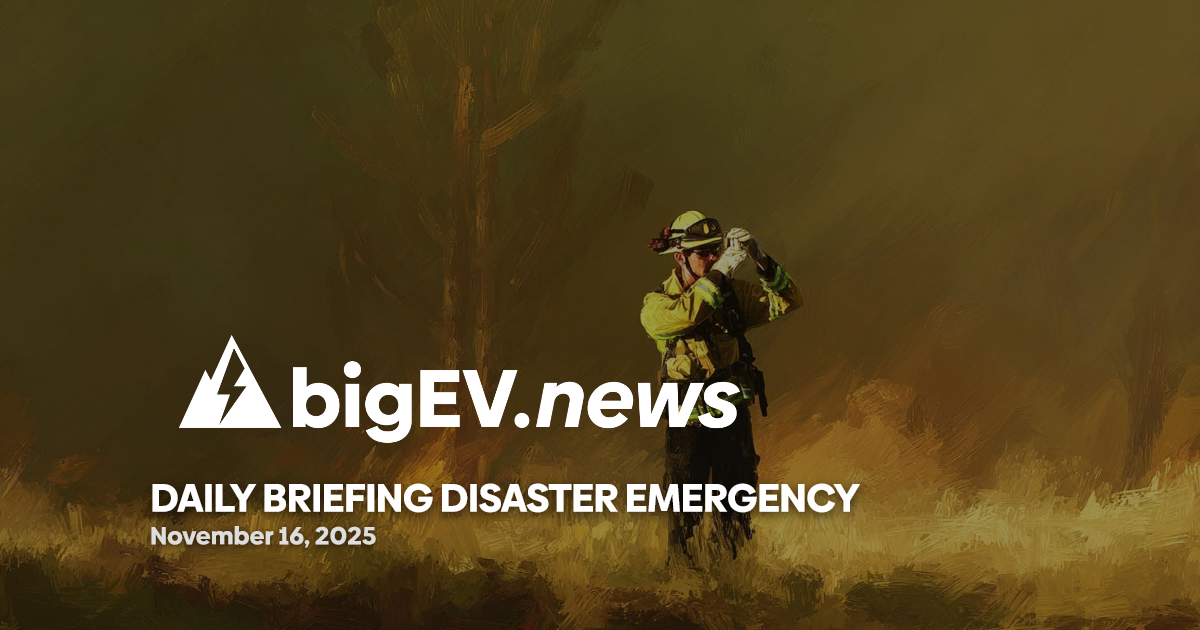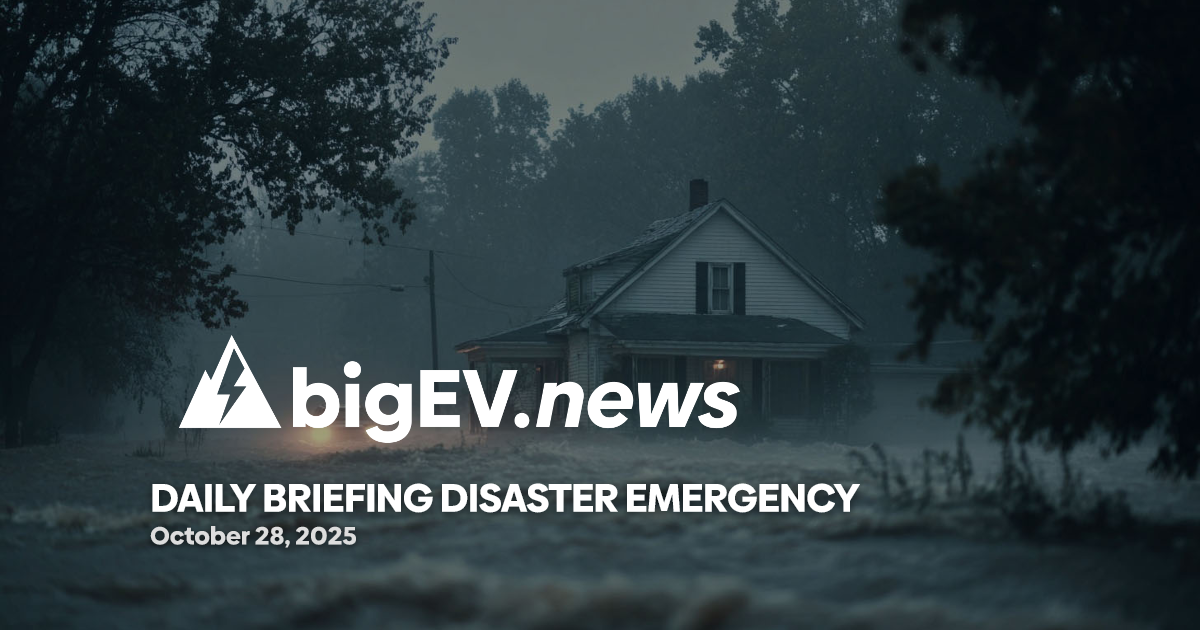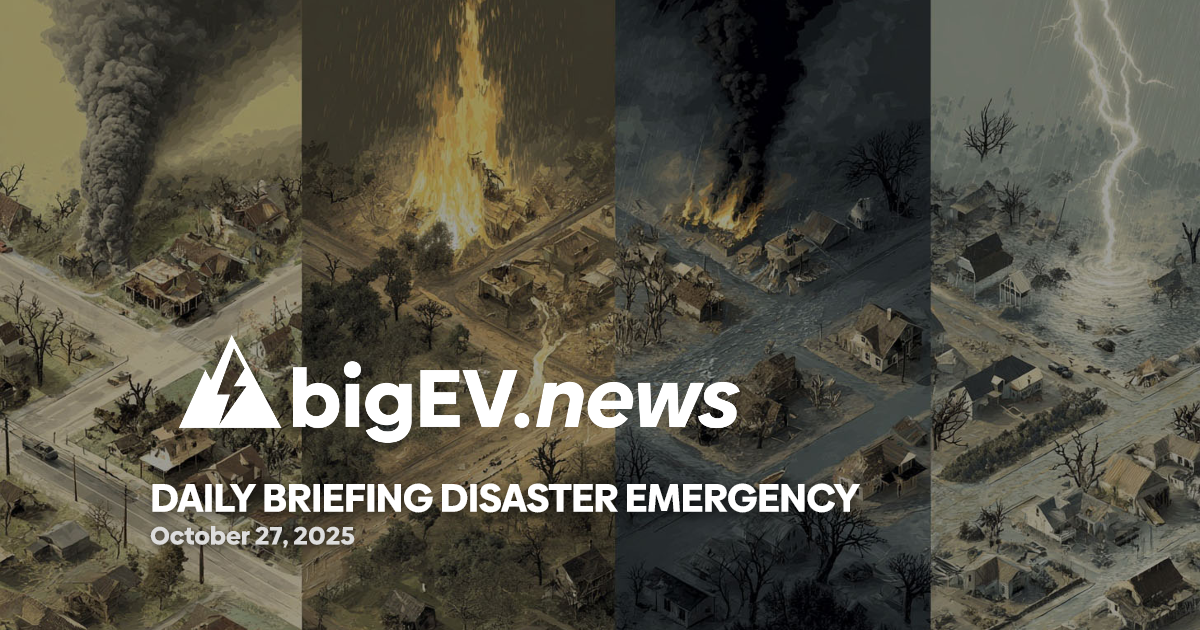From mobile radar breakthroughs to global funding and cross-sector alliances, today’s disaster tech news signals a leap in early warning, response, and recovery capabilities.
At a glance – The past 24 hours have seen a surge in innovation and collaboration across the disaster technology sector, with major developments in early warning systems, emergency infrastructure, and resilience platforms. Notably, new funding streams and international conferences are catalyzing research and deployment of advanced solutions for both natural and human-caused disasters. The sector is witnessing a convergence of academic, corporate, and nonprofit efforts, all aimed at enhancing community preparedness, rapid response, and long-term recovery. These trends underscore a global recognition that climate change and evolving threats demand not only technological breakthroughs but also integrated, cross-disciplinary strategies for disaster risk reduction.
Technology advance – The University of Oklahoma’s Advanced Radar Research Center has secured a $19.9 million grant from the U.S. National Science Foundation to develop the KaRVIR system, a first-of-its-kind mobile, dual-Doppler Ka-band rapid-scanning radar. This platform will deliver unprecedented four-dimensional imaging of clouds, precipitation, and wildfire smoke, enabling faster and more accurate severe weather warnings. KaRVIR’s high-frequency capabilities allow detection of particle sizes ranging from fine ash to large cloud formations, dramatically improving wildfire monitoring and air quality forecasting. The system’s rapid deployment and high-resolution data are expected to set new benchmarks for both scientific research and operational disaster response, while also serving as a training ground for the next generation of atmospheric scientists and engineers.
Partnerships – Amazon has announced the expansion of its disaster technology kit program, aiming to train over 140 volunteers and deploy dozens of portable kits by the end of 2026. These kits, designed for use by frontline nonprofits and first responders, provide essential backup power, connectivity, and sensor capabilities in the immediate aftermath of disasters such as hurricanes and wildfires. Recent deployments in North Carolina and Central Texas have demonstrated the kits’ effectiveness in restoring communications, supporting search-and-rescue operations, and enabling real-time coordination among relief teams. Amazon’s approach emphasizes low-cost, rapidly deployable solutions that can be reconfigured for different disaster scenarios, and its partnerships with organizations like Operation BBQ Relief highlight the critical role of technology in feeding and supporting affected communities when traditional infrastructure fails.
Acquisitions/expansions – The European Union has launched a new funding initiative, offering between €500,000 and €5 million for collaborative disaster resilience, response, and recovery projects. This program targets both natural and human-caused disasters, including floods, storms, wildfires, and industrial accidents. Eligible projects must involve at least two organizations and focus on developing or scaling technologies that can save lives, prevent environmental catastrophes, and enhance societal preparedness for climate-driven events. The funding is expected to accelerate the commercialization and deployment of innovative solutions, from advanced early warning systems to emergency supply chain platforms, across the continent and beyond.
Regulatory/policy – The upcoming Information Technology in Disaster Risk Reduction Conference (ITDRR 2025) is set to convene global leaders in climate science, cybersecurity, and humanitarian aid to address the dual challenges of climate-induced disasters and the protection of critical digital infrastructure. The conference will spotlight breakthroughs in IT that enable participatory governance, technology-enabled education, and inclusive mitigation strategies. By fostering dialogue between researchers, policymakers, and practitioners, ITDRR 2025 aims to bridge the gap between academic innovation and grassroots action, shaping regulatory frameworks that support both technological advancement and equitable community resilience.
Finance/business – In the private sector, venture capital interest in emergency infrastructure and logistics platforms continues to grow, with several startups announcing new funding rounds to scale their operations. One notable example is a recent investment in a U.S.-based company specializing in AI-driven supply chain optimization for disaster response, which secured $30 million in Series B financing. The company’s platform leverages real-time data to predict supply shortages, optimize resource allocation, and streamline last-mile delivery of critical goods during emergencies. Executive commentary from the lead investor highlights the increasing recognition that resilient logistics and communications systems are foundational to both immediate disaster response and long-term recovery, driving sustained interest from both financial and strategic investors.
Sources: aboutamazon, eurekalert, ictworks, itdrr, eu funding portal, techcrunch









